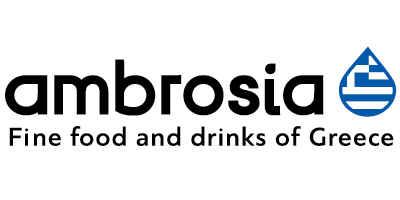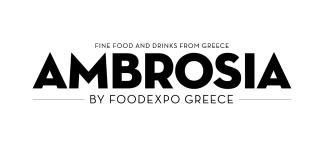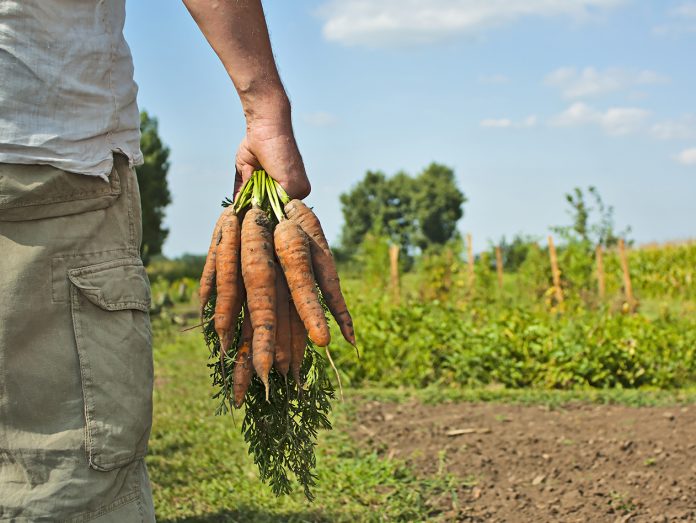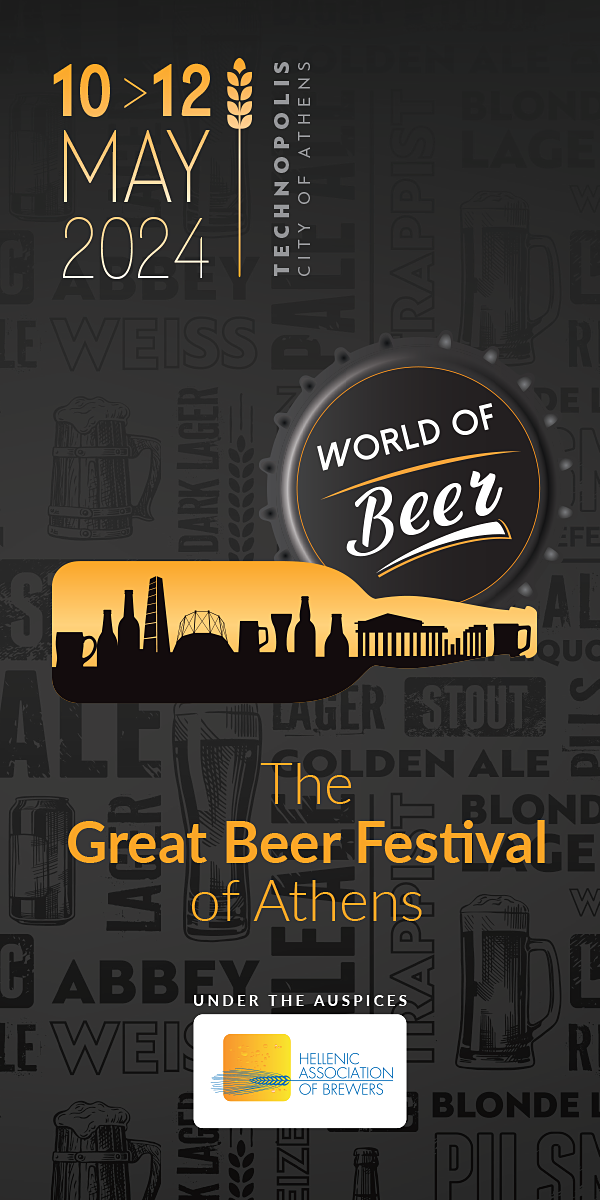According to the latest data provided by Eurostat, in 2019, the percentage of organic crops in Greece passed for the first time the 10% landmark. In fact, in recent years, there is a strong upward trend, as the organic crops area in the country increased from 3,426km2 in 2016 (6.51% of total crops) to 4,101km2 (7.96%) in 2017, to 4,926km2 in 2018 (9.32%) and to 5,288km2 (10.26%) in 2019. This trend is on par with the general trend recorded in recent years throughout Europe. The percentage recorded in Greece (10.26%) places it in the 8th place among the countries of the European Union.
Organic farming area in the EU up 46% since 2012
The total organic area in the European Union was 13.8 million hectares in 2019, corresponding to 8.5% of the total utilised agricultural area. This represents an increase of 46% between 2012 and 2019.
Among the EU Member States, the countries with the largest shares of organic area in 2019 were Austria (25.3% of the total utilised agricultural area), Estonia (22.3%) and Sweden (20.4%), followed by Czechia and Italy (both 15.2%), Latvia (14.8%) and Finland (13.5%).
All the remaining EU Member States had an organic farming area share at 11% or lower, with the smallest proportions observed in the Netherlands (3.7%), Poland (3.5%), Romania (2.9%), Bulgaria (2.3%), Ireland (1.6%) and Malta (0.5%).
Between 2012 and 2019, Bulgaria, France, Croatia and Hungary recorded growth in the total organic area of over 100 %. However, Poland, reported reductions in the organic area (-22.6 %). Spain, France and Italy had the three highest total organic areas in terms of hectares both in 2012 and 2019.
From 2012 to 2019, the share of total organic area in the total utilised agricultural area (UAA) within the EU rose from 5.9 % to 8.5 %
DISCOVER MORE: Organic Products




















